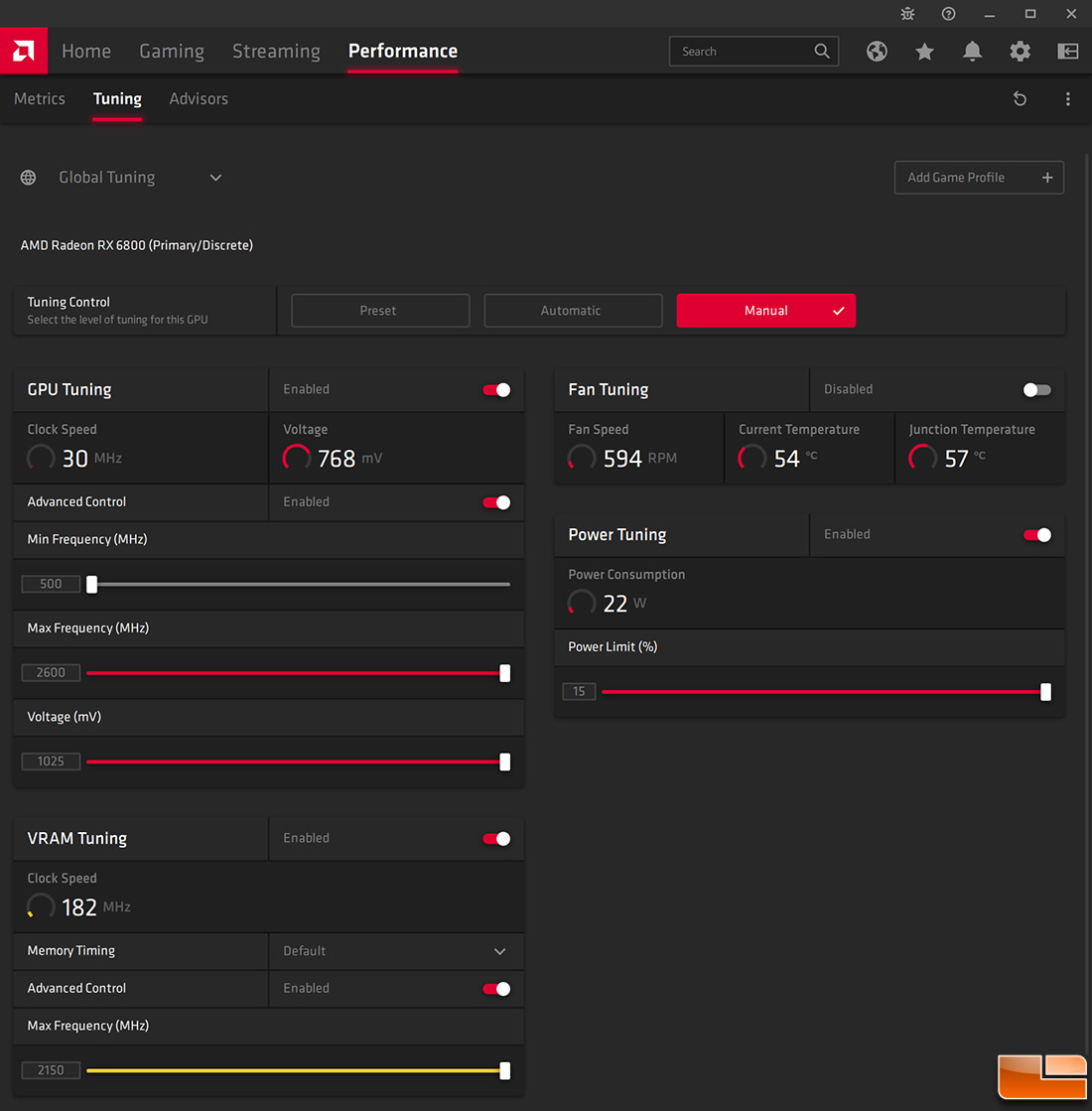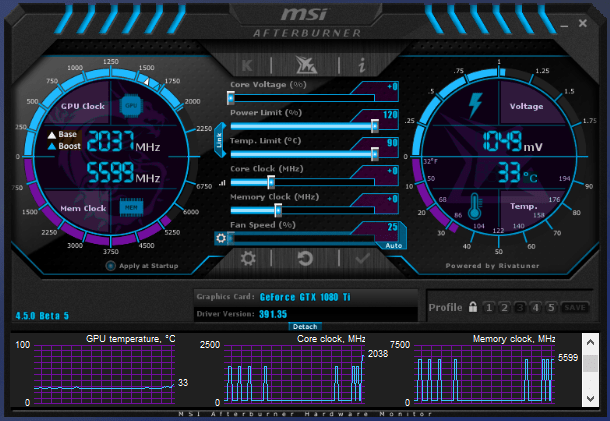
Phase gain: The reference RX 480 has the first three VRM phases connected to the 6-pin connector and the remaining three phases connected to the slot.Load Line Calibration: eliminates voltage drop (on my card i get VOUT = VID +- 1mV).Reading the values is not atomic, so VID and VOUT are not always in sync. VRM monitoring: is disabled by default.They will revert to defaults after the VRM is powered down. Changes to I2C settings are not persistent.

I2C access has a large performance impact and causes stuttering (even for dragging a window on the desktop). Access is synchronized with other tools like GPU-Z or HWiNFO, which can sometimes result in missing readings.

My estimate is that values below 2200 are scaled by 2/3. Minimum fan rpm is not limited, I can set values below WattMan’s limit of 1040 rpm. Fan and Power settings: nothing special here.If you overclock the memory, always check for memory errors (can be done with HWiNFO). My guess is that the voltage set here simply is a lower limit for the core voltage. The voltage controllers second loop is not used, so it is questionable, whether the memory controller has an own dynamic voltage plane. The voltage is not the actual memory voltage (which is fixed to about 1.5 V or needs a hardmod)). Memory clock and voltage: works similar to WattMan.Clocks are not restricted to 5 MHz increments, but voltage is limited to 6.25 mV steps (rounding mode is up, so 976 mV will result in 981.25 mV). GPU clock and voltage: works similar to WattMan.Data is entered through the command line. * For each processor, you can add its own, individually configured profile. They can also be loaded and saved through the graphical interface. Profiles can be passed as arguments via the command line.Voltage variation in the range of -300 … + 300 mV.The ability to scale the current energy consumption.Standard monitoring with no performance impact.Changing the voltage of the video memory.Changing clock frequencies and voltages.Is there a version for Nvidia? No, there are alternatives. However, this can be done only by realizing the risks of a quick failure of the graphics card. If necessary, the indicator can be changed. By default, the utility sets the limit to 90˚C. This process is mandatory, since overclocking a video card necessarily leads to increased heating, which ultimately will cause the graphics card to burn out. In addition, the utility is worth downloading for the sake of increasing the rotational speed of the fan blades. Using the client, you can overclock the graphics card by setting the optimal frequency of the video memory and core. The program can also be suitable for those who need to increase the performance of video adapters. Reducing power consumption will allow you to earn more, reducing the payback period and increasing the duration of the graphics adapters. However, it will come in very handy for farm owners.

An ordinary user does not need such functionality. The utility allows you to reduce power consumption, power supply load.

The program is used to monitor the state of graphics processors, adjust the voltage and speed of coolers.


 0 kommentar(er)
0 kommentar(er)
